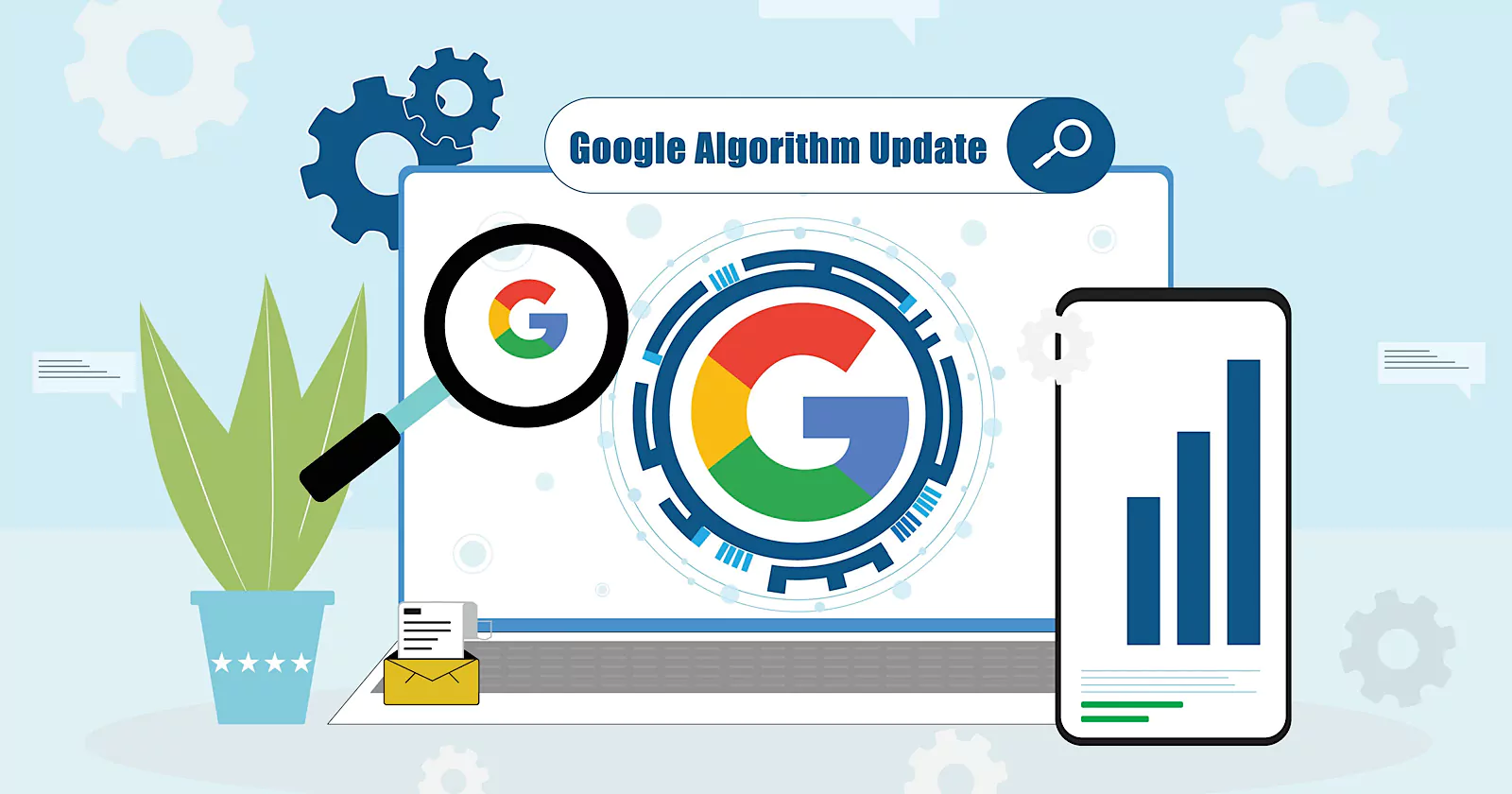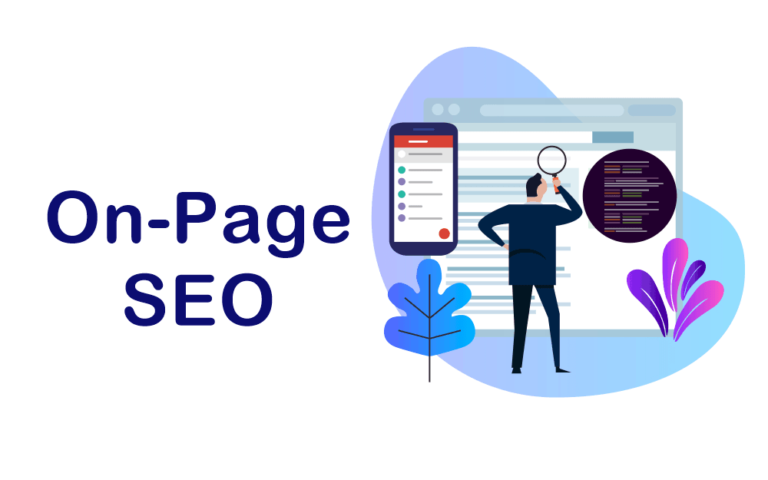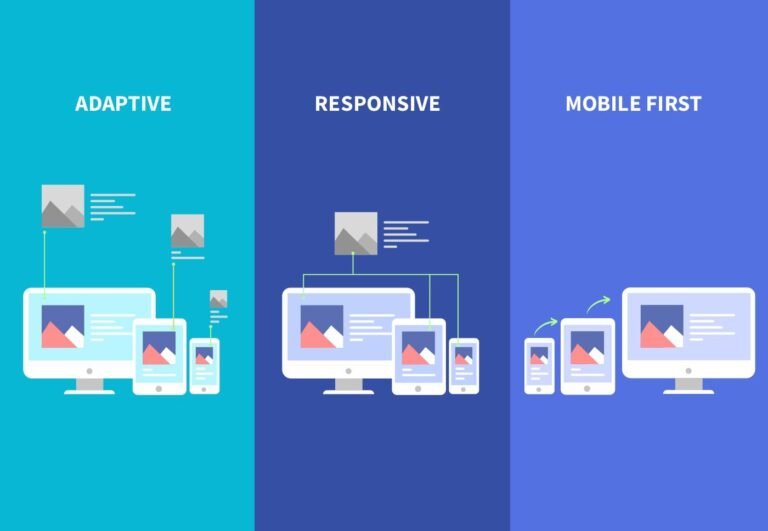Understanding Google’s Latest Algorithm Updates: What You Need to Know
Google’s constant algorithm updates keep the SEO world on its toes. From the March 2024 Core Update to the August 2024 Core Update, these changes aren’t just tweaks—they’re big shifts that affect search rankings and how users find relevant search results.
These broad core algorithm updates aim to refine the search engine results pages (SERPs) by tackling issues like expired domain abuse and link spam while promoting better content quality. For site owners, this means adapting strategies to meet Google’s ever-evolving standards. But don’t stress. We’re here to break it all down. This blog will unpack how these google’s latest algorithm updates impact your SEO strategy, what you can do to keep up, and why staying informed is critical for maintaining visibility in Google search.
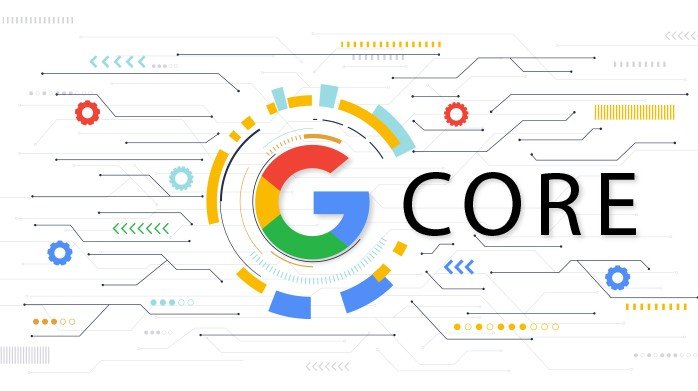
What’s New in Google’s 2023 and 2024 Algorithm Updates?
Google doesn’t just tweak its system—it evolves it. The March 2024 Core Update and August 2024 Core Update were designed to refine the search algorithm, focusing on delivering more relevant search results and cracking down on bad practices like expired domain abuse and link spam.
Each core update comes with its own set of goals. For example, the September 2023 Helpful Content System Update targeted low-quality content, ensuring users find value in what they read. Similarly, the October 2023 Core Update aimed to stabilize rankings and reward site owners who consistently create trustworthy, high-quality content.
Google’s updates don’t just affect rankings—they redefine the game. Whether you’re a small business or a major publisher, understanding these updates is the first step to staying visible in the competitive world of search engine results pages.
By focusing on user intent and aligning with Google’s goals, you’ll not only adapt but thrive in this ever-changing landscape.

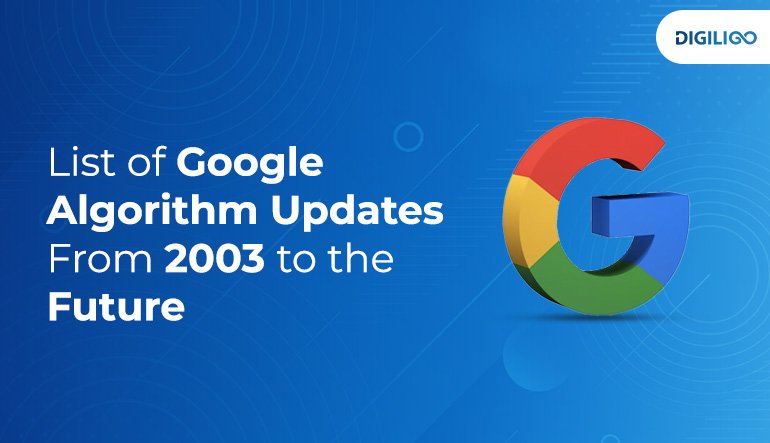
Understanding the Impact on Your SEO Strategy
Every Google algorithm update reshapes the way search rankings work. For site owners, this means more than just keeping up—it’s about adapting to avoid falling behind.
Take the September 2023 Helpful Content Update, for example. It prioritized human-first content while penalizing low-quality content. If your site relies on filler or unoriginal material, chances are it’s already seen a drop in search engine results pages visibility.
The March 2024 Core Update reinforced this by emphasizing site reputation and rewarding trustworthy websites. Meanwhile, the August 2024 Core Update doubled down on addressing link spam, ensuring backlinks come from reliable, relevant sources.
These updates aren’t random—they reflect Google’s commitment to offering more relevant search results. For site owners, it’s a clear call to focus on quality over quantity, invest in E-A-T (Expertise, Authoritativeness, Trustworthiness), and make sure their content aligns with user intent.
In short, if you want to maintain strong search rankings, staying in step with these changes isn’t optional—it’s essential.
March 2024 Core Update
The March 2024 Core Update was a significant core algorithm update that introduced changes to multiple core systems in Google’s search engine. Google aims to refine how it identifies and promotes helpful content across the web, affecting search rankings globally.
Key Highlights:
- The update focused on improving the quality of search results, ensuring users find relevant search results more easily.
- It targeted issues like site reputation abuse and expired domain abuse, which can manipulate search rankings unfairly.
- Ranking volatility spiked during this period, as Google’s systems recalibrated.
Impact on Websites:
- Websites with helpful content from independent sites or smaller publishers saw improved rankings.
- Sites relying on low-quality content or tactics to manipulate search rankings were demoted.
For website owners, keeping an eye on tools like Google Search Console during and after such updates is vital to understand how these changes affect performance.
August 2024 Core Update
This continued Google’s push to reward helpful content and improve the quality of search engine results pages. This update emphasized fairness in rankings, particularly favoring smaller or independent sites that produce valuable and user-focused content.
Key Highlights:
- Google focused on surfacing more relevant search results, rewarding content that aligns with user intent.
- The update aimed to broaden the variety of websites appearing in search results, moving beyond dominance by larger sites.
- It also reinforced Google’s helpful content system, targeting unhelpful content across all niches.
What Changed for Websites?
- Smaller websites with niche expertise gained visibility in search rankings.
- Sites relying on outdated tactics, like expired domains or low-quality content, saw drops in performance.
- This update reinforced Google’s goal to prioritize high-quality content that directly addresses user needs.
To adapt, site owners should focus on creating helpful content while avoiding practices like scaled content abuse or site reputation abuse.
Core Updates Explained
Core updates are broad changes to Google’s search algorithm designed to improve the quality and relevance of search results. These updates typically affect a large portion of search engine results pages, shaking up search rankings for websites globally.

What Are Core Updates?
- Purpose: To improve the overall user experience by delivering more relevant search results.
- Impact: Significant changes to how content is evaluated, often resulting in ranking changes for many websites.
- Triggers: Updates reflect changes in user behavior, advances in content quality, and Google’s ongoing commitment to fighting practices like expired domain abuse or site reputation abuse.
Why They Matter
For site owners, core updates are a critical reminder to:
- Focus on creating helpful content that provides genuine value.
- Avoid manipulative tactics like low-quality content or link spam to influence rankings.
- Regularly analyze performance metrics via tools like Google Search Console.
Google’s Spam Update: What You Need to Know
The spam update, including the June 2024 Spam Update, is a crucial part of Google’s ongoing efforts to maintain the integrity of search engine results pages. These updates target malicious practices, such as link spam and expired domain abuse, that undermine the quality of search results.
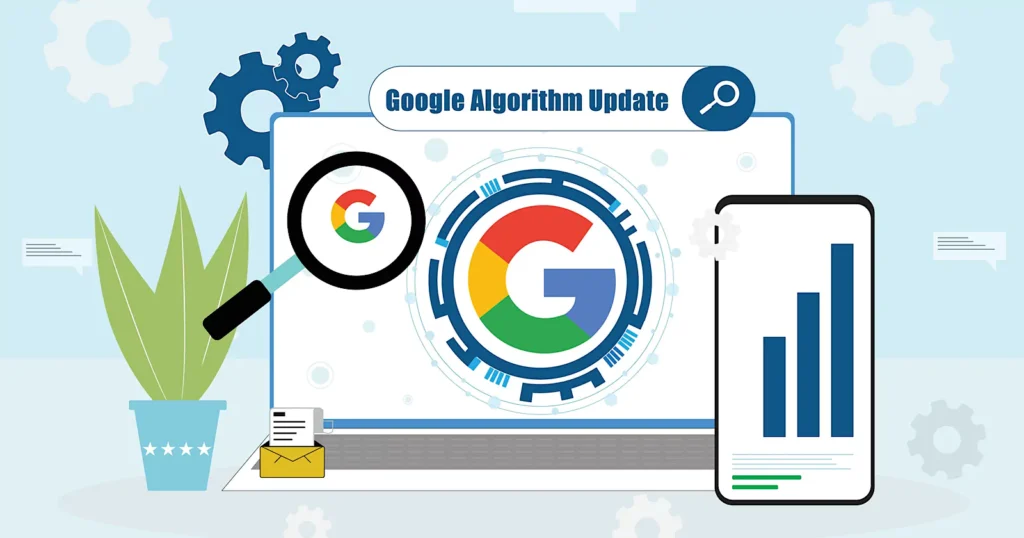
Key Highlights of the Spam Update:
- Scope: Tackled various spam tactics, including manipulative linking strategies and low-value content designed to deceive search engines.
- Duration: The update rolled out over a week and caused noticeable ranking changes for websites not complying with Google’s guidelines.
- Focus: Enhanced detection of site reputation abuse and scaled content abuse.
Best Practices to Avoid Spam Penalties:
- Avoid Link Spam:
- Do not buy or sell links designed to manipulate search rankings.
- Focus on acquiring high-quality, relevant links naturally.
- Comply with Google’s Guidelines:
- Review and follow policies shared in the Google Search Central Blog.
- Avoid using tactics that aim to manipulate search rankings, such as creating deceptive redirects or abusing expired domains.
- Prioritize Content Quality:
- Ensure all content provides value and aligns with Google’s helpful content system.
- Remove any low-quality content that adds no benefit to users.
By adhering to these principles, site owners can protect their websites from penalties and build trust with Google’s search engine.
Google’s Helpful Content System Update
Google’s Helpful Content System Update focuses on rewarding websites that create high-quality, user-focused content while demoting sites that rely on low-quality content designed to manipulate rankings. This system has become a cornerstone of Google’s search algorithm updates.
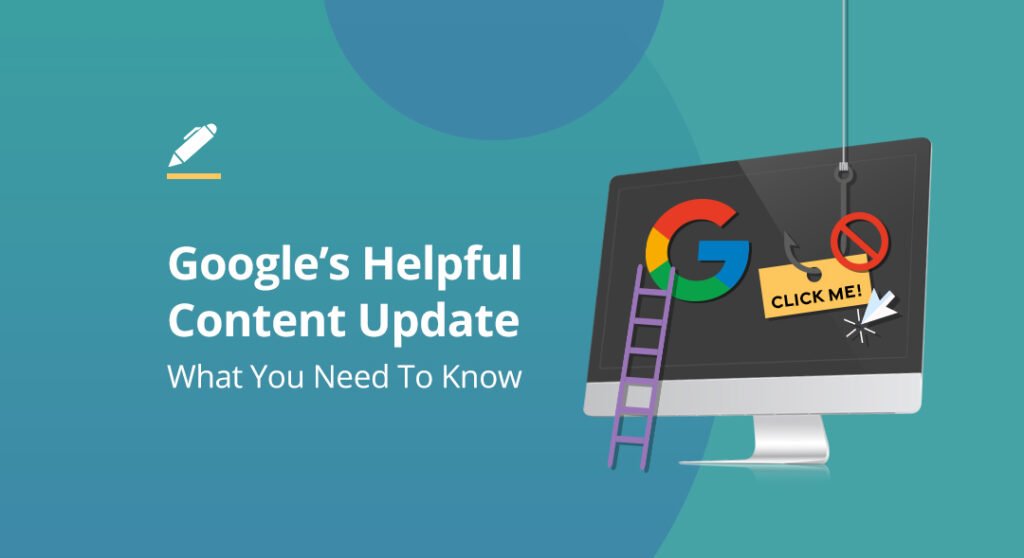
Key Highlights:
- Purpose: To improve search results by prioritizing content that genuinely helps users.
- Signals: The system evaluates content sitewide, not just individual pages, making site owners accountable for the overall quality of their websites.
- Targets: Penalizes sites with unhelpful content or those that prioritize ranking over user experience.
Best Practices for Content Creation:
- Focus on Audience Needs:
- Create content tailored to your audience’s intent, addressing specific questions or problems.
- Avoid content generated solely to attract traffic from search engine results pages without offering real value.
- Build Expertise and Authority:
- Publish well-researched, accurate, and relevant information to establish credibility.
- Avoid strategies like scaled content abuse or overproduction of thin content.
- Monitor Content Performance:
- Use tools like Google Search Console to track which pages perform well and identify content that may need improvement.
Impact on Rankings:
Websites aligning with Google’s helpful content system tend to see improvements in search rankings, while those relying on manipulative practices or expired domain abuse may experience ranking drops.
Google’s Link Spam Update: Best Practices for Link Building
The link spam update plays a vital role in Google’s efforts to ensure fair and high-quality search engine results pages. By targeting manipulative linking practices, Google aims to promote genuine and relevant connections between web pages.
What the Link Spam Update Covers:
- Scope: Targets both incoming and outgoing links that attempt to manipulate search rankings.
- Penalties: Websites engaging in link spam or selling/buying links for SEO purposes may see significant ranking changes.
- Focus: Enforces stricter rules on expired domain abuse and the misuse of affiliate links without proper disclosures.
Best Practices for Avoiding Penalties:
- Create Natural Links:
- Focus on earning backlinks through high-quality, valuable content that others want to reference.
- Avoid link schemes like automated link building or paying for links.
- Use Proper Disclosures:
- Clearly disclose affiliate links or sponsored content using tags like rel=”sponsored” or rel=”nofollow”.
- Audit Your Links:
- Regularly review your link profile using tools like Ahrefs or Semrush to identify and disavow spammy backlinks.
- Avoid participating in link exchanges solely for SEO gain.
Impact on Rankings:
Websites engaging in ethical, content-driven link-building practices saw improved visibility, while sites reliant on link spam experienced ranking drops post-update.
Google’s Local Search Update: Optimizing for Local Visibility
The local search update, such as the November 2021 Local Search Update, focuses on enhancing the relevance of results for local businesses on search engine results pages. These updates refine how Google ranks businesses for location-specific queries, making them crucial for improving local SEO.
What the Local Search Update Aims to Achieve:
- Improved Local Relevance: Ensures users find businesses near them with accurate, detailed information.
- Fair Rankings: Rewards businesses that adhere to best practices for local SEO while penalizing tactics like site reputation abuse.
- Better Maps Integration: Enhances local results by aligning them with Google Maps and user reviews.
Tips for Local SEO Success:
- Claim and Optimize Your Google Business Profile:
- Ensure all details, such as address, phone number, and hours, are accurate and up to date.
- Use relevant keywords in your business description to improve visibility.
- Encourage Customer Reviews:
- Positive reviews enhance credibility and boost rankings in local search results.
- Respond to reviews—both positive and negative—to build trust with users.
- Focus on Local Content:
- Create location-specific pages or blog posts that target local keywords.
- Optimize for queries like “best [service/product] near me” to align with user intent.
- Build Local Links:
- Collaborate with other local businesses, events, or organizations to earn genuine backlinks.
Ranking Changes Post-Update:
Businesses that optimized for local search saw better visibility, while those with incomplete profiles or spammy practices faced ranking declines.
Google’s AI and Machine Learning Updates: Transforming Search Rankings
Google’s integration of AI technologies like BERT (Bidirectional Encoder Representations from Transformers) and RankBrain has significantly enhanced the way search engine algorithms interpret queries and deliver search results. These advancements aim to provide more relevant search results by understanding user intent and context.

Key AI and Machine Learning Updates:
- BERT:
- Focus: Improves natural language understanding, allowing Google to comprehend search queries in a conversational way.
- Impact: Helps deliver results that better match the subtle nuances of user queries.
- Example: Queries like “how to catch a fish without a rod” are understood more contextually.
- RankBrain:
- Focus: Uses machine learning to refine search rankings by interpreting ambiguous or unfamiliar queries.
- Impact: Prioritizes relevance and intent, ensuring that even complex queries return useful results.
- Example: Matching “best eco-friendly travel destinations” to specific user interests and preferences.
- Integration with Core Updates:
- AI systems like BERT are continuously improved and integrated into core algorithm updates, such as the March 2024 Core Update and August 2024 Core Update.
- Goal: Provide helpful content and reduce reliance on outdated ranking signals like exact keyword matches.
How AI Benefits Site Owners:
- Helps smaller or independent sites with niche content gain visibility when they meet user intent effectively.
- Encourages the creation of content that is conversational, informative, and aligned with natural language trends.
Staying Ahead of AI Updates:
- Focus on User Intent:
- Analyze how your audience searches and tailor content to match those needs.
- Monitor AI Announcements:
- Follow insights from the Google Search Central Blog and updates from Google Search Liaison.
- Leverage Structured Data:
- Use schema markup to help Google better understand your content for richer search engine results pages.
Adapting to Google’s Focus on Quality
Google’s updates are loud and clear—quality is king. But what does that mean for your strategy? Let’s break it down.
1. Create Human-Centric Content
Start with what your audience wants. The September 2023 Helpful Content Update emphasized writing for people, not algorithms. Skip the fluff and focus on content that’s informative, engaging, and solves real problems. This not only improves your search rankings but also builds trust with your readers.
Action Tip: Audit your website for low-quality content. Rewrite, update, or remove pages that don’t provide real value.
2. Fix Your Link Profile
The August 2024 Core Update targeted link spam, making it crucial to maintain a clean and authentic backlink profile. Spammy or irrelevant links could tank your rankings.
Action Tip: Use tools like Google Search Console to identify bad links. Disavow any that don’t align with Google’s standards.
3. Boost Your Site’s Reputation
With updates focusing on site reputation abuse, Google wants to ensure users land on trusted websites. Demonstrating expertise and credibility isn’t optional anymore.
Action Tip: Showcase author credentials, cite reputable sources, and regularly update your content to reflect the latest insights.
4. Prioritize User Experience
Google’s emphasis on delivering relevant search results ties directly to user satisfaction. Core Web Vitals—factors like page load speed and interactivity—are now critical.
Action Tip: Optimize site speed, mobile responsiveness, and navigation. A smooth user experience keeps visitors engaged and signals quality to Google.
Adaptability is your best asset. By staying proactive and refining your approach, you’ll not only survive Google’s updates but thrive in its constantly shifting ecosystem.
Key Mistakes to Avoid
When Google rolls out an algorithm update, it’s easy to panic and make hasty decisions. But quick fixes often do more harm than good. Let’s cover the pitfalls you need to avoid.
1. Overreacting to Ranking Fluctuations
After a broad core algorithm update, rankings can swing dramatically. This is normal as the search engine recalibrates. Jumping to conclusions and making drastic changes too soon can backfire.
Mistake: Deleting pages or over-optimizing without proper analysis.
Fix: Wait for the dust to settle and review trends in Google Search Console before acting.
2. Ignoring Content Quality Signals
With the September 2023 Helpful Content Update, low-quality content is a clear no-go. If you’re not producing valuable material, Google will notice.
Mistake: Publishing unoriginal or keyword-stuffed articles.
Fix: Focus on helpful content that aligns with user intent and improves their experience.
3. Neglecting Your Backlink Profile
The August 2024 Core Update made one thing clear—spammy links won’t fly. If you’re relying on outdated link-building tactics, your site could face penalties.
Mistake: Buying backlinks or allowing irrelevant ones to pile up.
Fix: Regularly audit your backlink profile and clean up any link spam that could hurt your site reputation.
4. Failing to Adapt to User Experience Standards
Google’s updates, especially those tied to Core Web Vitals, place a heavy focus on UX. If your site is slow, clunky, or hard to navigate, your search rankings will suffer.
Mistake: Overlooking site performance metrics.
Fix: Optimize for speed, mobile-friendliness, and interactivity.
By avoiding these mistakes, you’ll not only recover faster after updates but also build a stronger foundation for future Google algorithm updates.
Long-Term SEO Strategies for Success
Google’s updates may seem unpredictable, but they all point to one consistent truth—quality, relevance, and user satisfaction are non-negotiable. Here’s how to build a future-proof SEO strategy.

1. Embrace Content Clustering
Organize your website into focused topics with interconnected pages. This helps Google understand the context of your content, improving your search rankings.
Action Tip: Group related blog posts into a content hub. For example, link all your articles on Google algorithm updates into a comprehensive resource.
2. Stay Ahead with Regular Audits
SEO isn’t a set-it-and-forget-it game. Regularly reviewing your site ensures you’re aligned with the latest standards and not at risk of penalties.
Action Tip: Perform quarterly content and backlink audits. Use tools like Google Search Console to identify problem areas.
3. Optimize for Core Web Vitals
User experience is a big deal in Google’s search algorithm. Pages that load quickly, are easy to navigate, and are visually stable tend to rank higher.
Action Tip: Use tools like PageSpeed Insights to measure and improve Core Web Vitals metrics like LCP (Largest Contentful Paint) and CLS (Cumulative Layout Shift).
4. Plan for Future Updates
Google will continue to evolve, and being proactive is better than scrambling to react. Monitor industry trends, experiment with new tools, and stay informed through resources like the Google Search Central Blog.
Action Tip: Set aside time each month to review SEO news and adjust your strategy based on changes.
5. Focus on Building Trust
Google rewards site owners who demonstrate credibility. From improving site reputation to creating high-quality product reviews, trust is key to long-term SEO success.
Action Tip: Publish accurate, helpful, and user-focused content. Add author bios and cite reputable sources to establish expertise.
By implementing these strategies, you’ll not only adapt to Google’s algorithm updates but also create a site that stands the test of time in the competitive world of search engine visibility.
Conclusion: Staying Ahead in a Dynamic SEO World
Google’s algorithm updates aren’t just changes—they’re a reflection of what matters most in the digital space: quality, relevance, and user experience. From the March 2024 Core Update to the August 2024 Core Update, these shifts are designed to make the search engine results pages more meaningful for users while encouraging site owners to do better.
If there’s one takeaway, it’s this: adapting to Google algorithm updates is not about gaming the system—it’s about creating content and experiences that genuinely serve your audience. By focusing on helpful content, building trust, and keeping your site optimized for both users and search engines, you’re setting yourself up for long-term success.
Stay proactive, keep learning, and never stop improving your strategy. The SEO world isn’t slowing down, and neither should you.
Key Takeaways:
- Focus on Quality: Create helpful content that prioritizes user needs and aligns with Google’s guidelines.
- Monitor Regularly: Use tools like Google Search Console to track performance and detect ranking volatility.
- Avoid Manipulative Tactics: Steer clear of practices like link spam, expired domain abuse, or attempts to manipulate search rankings.
- Stay Informed: Follow updates from the Google Search Central Blog and adapt strategies based on the latest trends.
Disclosure: Our blog contains affiliate links to products. We may receive a commission for purchases made through these links. However, this does not impact our reviews and comparisons. We try our best to keep things fair and balanced, in order to help you make the best choice for you.

